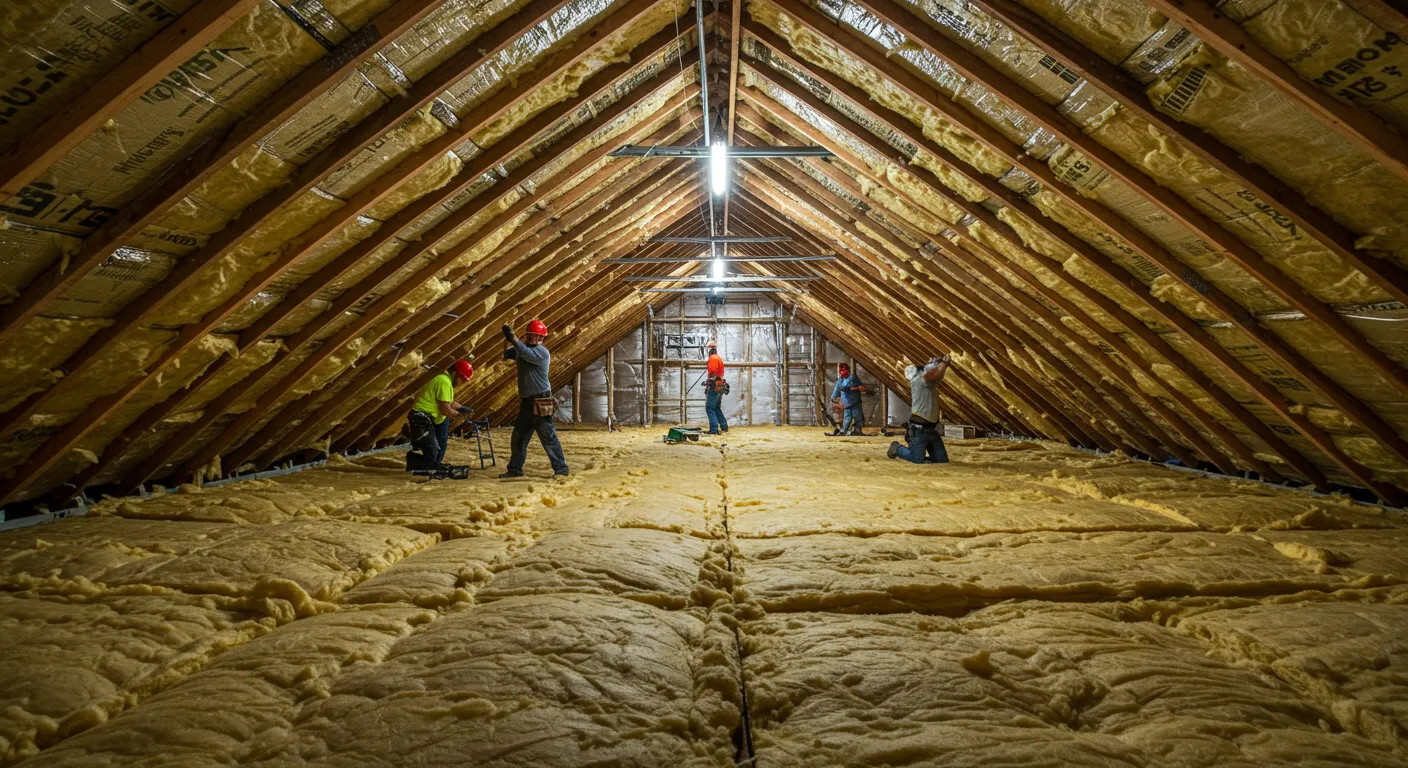
Choosing the right insulation material for a commercial building has a direct impact on energy efficiency, indoor comfort, and long-term maintenance costs. With advancements in insulation technology, businesses now have more options that improve thermal resistance, sustainability, and fire safety. This guide covers the top five insulation materials in 2025, highlighting their strengths, applications, and key considerations.
The R-value measures how well an insulation material resists heat flow. A higher R-value means better insulation and greater energy savings.
Commercial buildings must meet fire safety standards. Some insulation materials provide built-in fire resistance, reducing the risk of spread in case of an emergency.
Preventing mold growth and moisture damage is essential, especially in humid climates. Materials that repel moisture can extend the lifespan of insulation systems.
Eco-friendly materials reduce environmental impact by using recycled or renewable resources and minimizing energy consumption.
Spray foam insulation expands upon application, filling gaps and forming an airtight seal. It provides superior thermal resistance and reduces energy loss in commercial spaces.
Installation requires professional expertise, and costs are higher compared to some alternatives.
Mineral wool, also known as rock wool or slag wool, is made from natural rock or industrial waste. It offers excellent fire resistance and soundproofing capabilities.
It can be heavier than other insulation types, requiring sturdy support during installation.
Fiberglass insulation is composed of fine glass fibers and remains one of the most widely used materials for commercial buildings due to its affordability and effectiveness.
Proper protective gear is required during installation to avoid irritation from glass fibers.
Polyiso is a rigid foam board insulation with a high R-value and a reflective foil facing that enhances thermal performance.
Performance can decrease in extremely cold temperatures, requiring additional protective layers in certain climates.
VIPs are cutting-edge insulation panels with an exceptionally high R-value, making them one of the most efficient materials for commercial applications.
VIPs have higher upfront costs and must be handled carefully to avoid puncturing the vacuum-sealed core.
Selecting the best insulation depends on climate, building design, and regulatory requirements. For expert guidance tailored to your commercial project, contact Premier Insulation Plus at (850) 600-4402 or email [email protected].
Fiberglass insulation offers an affordable balance of cost and performance for many commercial applications.
Vacuum Insulation Panels (VIPs) provide the highest R-value per inch but come at a premium cost.
Yes, mineral wool insulation is especially effective at reducing sound transmission between rooms.
Signs such as high energy bills, temperature fluctuations, and moisture problems indicate the need for better insulation.
Closed-cell spray foam and mineral wool resist moisture and are well-suited for humid environments.
While some materials like fiberglass batts can be installed by skilled DIYers, spray foam and VIPs require professional installation.
Most insulation materials last 20–50 years, depending on maintenance and environmental conditions.
Yes, mineral wool and fiberglass insulation provide fire-resistant properties that enhance building safety.
Yes, many options, such as mineral wool and polyiso, incorporate recycled materials and sustainable manufacturing practices.
For an assessment and pricing details, contact Premier Insulation Plus at (850) 600-4402 or email [email protected].